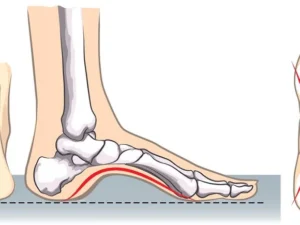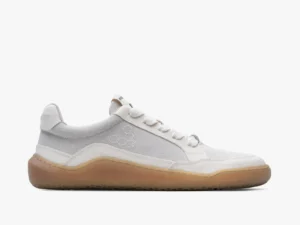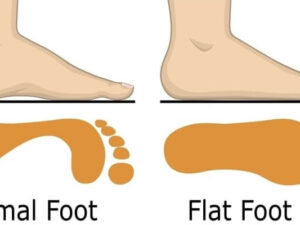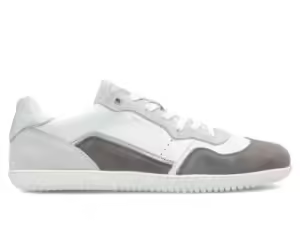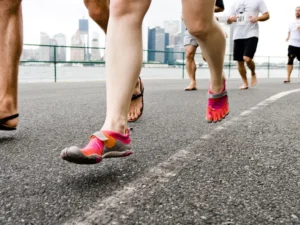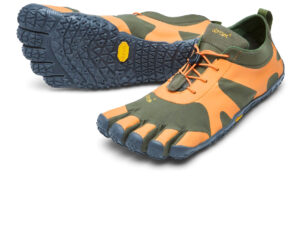The Barefoot Handbook Comprehensive Guide to Barefoot Shoes Sizing
Introduction:
Barefoot shoes have gained significant popularity in recent years due to their unique design that mimics the feeling of walking barefoot while providing protection and support. However, finding the right size for barefoot shoes can be a bit tricky, as their fit is distinct from traditional footwear. In this comprehensive guide, we will delve into the nuances of barefoot shoe sizing, helping you make an informed decision and ensuring your feet experience the comfort and freedom they deserve.
Understanding Barefoot Shoes:
Before we dive into the sizing specifics, let’s take a moment to understand what makes barefoot shoes different. These shoes are designed to provide a minimalistic and natural feel, allowing your feet to move and function as if they were bare. The sole of a barefoot shoe is thin, flexible, and often zero-drop, meaning there is no height difference between the heel and the forefoot. This design promotes better posture, balance, and strengthens the muscles in your feet and lower legs.
Factors Affecting Sizing:
Several factors come into play when determining the right size for barefoot shoes. It’s essential to consider these aspects to ensure a proper fit and maximize the benefits of wearing barefoot shoes.
- Toe Box Shape:
Barefoot shoes typically feature a wider and more anatomically shaped toe box compared to traditional shoes. This design allows your toes to splay naturally and provides ample room for movement. When selecting a size, pay close attention to how your toes feel in the toe box. They should have enough space to move freely without feeling cramped.
- Sock Thickness:
Consider the type of socks you plan to wear with your barefoot shoes. If you usually wear thin socks, you might need a slightly smaller size compared to when wearing thicker socks. It’s advisable to try on the shoes with the socks you intend to wear to ensure the perfect fit.
- Foot Shape and Width:
Individual foot shapes and widths vary, and barefoot shoes are designed to accommodate these differences. Some brands offer different width options to cater to a broader range of foot shapes. If you have wider or narrower feet, look for brands that provide various width choices within the same size range.
- Shoe Design and Brand Variations:
Barefoot shoe designs can vary significantly between brands. Some may run true to size, while others may have a different sizing chart altogether. It’s crucial to refer to the specific sizing guide provided by the brand you’re interested in. Additionally, reading customer reviews can offer valuable insights into how a particular brand’s shoes fit in real-world scenarios.
Finding the Right Size:
Now that we’ve covered the key factors influencing barefoot shoe sizing, let’s explore the step-by-step process of finding the right size.
- Measure Your Feet:
Begin by measuring your feet. Use a ruler or a foot measuring device to determine both the length and width of your feet. Bear in mind that foot size can change over time, so it’s essential to measure each foot separately and choose the size that corresponds to the larger foot.
- Check the Brand’s Sizing Chart:
Different barefoot shoe brands may have their unique sizing charts. Visit the official website of the brand you’re interested in and locate their sizing guide. Pay attention to any specific instructions they provide for measuring your feet and determining the corresponding size.
- Consider Your Foot Shape:
As mentioned earlier, individual foot shapes vary, and some people may have wider or narrower feet than the average. If a brand offers multiple width options, take advantage of this feature to ensure the shoes accommodate the unique shape of your feet.
- Read Customer Reviews:
Before making a purchase, read customer reviews to get an idea of how the shoes fit in real-world situations. Pay attention to comments about sizing, comfort, and any issues related to fit. This information can be invaluable, especially if you’re unsure about whether to size up or down.
- Test the Shoes:
If possible, try on the barefoot shoes before purchasing. Many specialty footwear stores carry barefoot shoe brands, allowing you to assess the fit in person. Walk around, check for any pressure points or discomfort, and ensure your toes have enough space in the toe box.
- Take Into Account Different Activities:
Consider the activities you’ll be engaging in while wearing barefoot shoes. If you plan to use them for running or hiking, you may want a slightly larger size to accommodate foot swelling during these activities.
Conclusion:
Finding the right size for barefoot shoes involves a thoughtful and individualized approach. Taking into account factors such as toe box shape, sock thickness, foot shape, and brand variations is crucial for ensuring a comfortable and beneficial fit. By measuring your feet, consulting the brand’s sizing chart, considering customer reviews, and testing the shoes in person, you can confidently choose the perfect size for your barefoot footwear adventure. Remember that a proper fit is essential not only for comfort but also for reaping the full benefits of barefoot shoes in terms of improved posture, balance, and foot strength.


